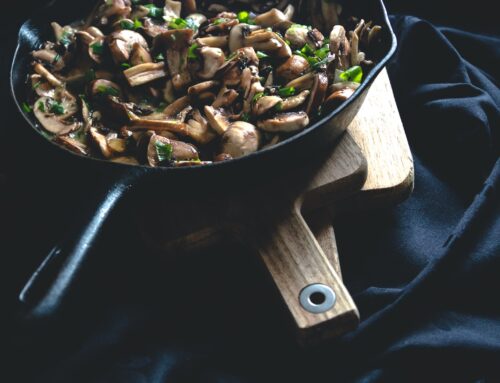Sugar-free is no longer a buzzword. Due to the high incidence of diabetes and obesity in the US and worldwide, it is now quite common to find packets of low or no calorie sweeteners in your local diner or coffee shop. A lot of brands and products have also been offering sugar-free alternatives for years now, using what the American Diabetes Association calls as nonnutritive sweeteners.
But not all sugar substitutes are created equal. Chances are, what makes your Coke Zero sweet is not the same as what you’re sprinkling on your morning latte. But does it really matter?
An article in Today’s Dietitian about the bet sweeteners for people with diabetes gives us a comprehensive report about the various research and studies that have been done regarding nonnutritive sweeteners. It also showed contrasting findings that may confuse a diabetic patient on the best choice.
Let me break down the highlights using a Q&A format plus, share my thoughts as well.
What are the FDA approved nonnutritive sweeteners?
The seven FDA approved nonnutritive sweeteners are 1) acesulfame K 2) aspartame 3) neotame 4) saccharin 5) sucralose 6) monk fruit and 7) stevia.
Are these all artificial sweeteners?
No. Monk fruit and Stevia are natural sweeteners. Stevia is extracted from leaves and have been used traditionally for hundreds of years in Brazil and Parajuay to sweeten local teas and medicines. Monk fruit is also a no calorie sweetener made from dried monk fruit or luo han guo extract.
Are these sweeteners safe?
All seven were given the GRAS (generally recognized as safe status) by the FDA. Although some research proposed that nonnutritive sweeteners especially the artificial ones are linked to cancer, infertility cardiovascular disease and even diabetes – all were still eventually considered safe by the FDA and Health Canada.
Do sweeteners taste like sugar, and do they all taste the same?
When mixed with a dessert or beverage, it may not be that noticeable to someone who is not a dessert connoisseur. However, the different nonnutritive sweeteners definitely have taste variations. Some people note a bitter after taste but the favored taste is usually dependent on an individual’s taste preferences.
Can all sweeteners be used as a direct substitute for sugar?
It has been found that sweeteners actually have a higher intensity of sweetness than sugar so it should not be a one-to-one substitution. It is best to check the product’s websites regarding best use practices as some sweeteners may be better for specific uses. Regarding the sweetness level, it is usually on the individuals’ personal preferences but one warning is to check side effects that may arise due to overconsumption.
Can the sweeteners help in diabetes management?
The article enumerated numerous research that linked artificial nonnutritive sweeteners to various health problems, and ironically, even causing diabetes. However, research details and findings can lead to various interpretations. As with the chicken and egg dilemma, is it the sweeteners that are causing incidences of weight gain for example, or maybe overweight people are just most likely to use the sweeteners?
Although it is widely concluded that sweeteners help in diabetes management, the studies and reviews have concluded that a positive, definitive effect has not really been established.
Why should I mix up my sugar substitutes?
At present, there is no established conclusion to say which the best sugar substitute is. It is then recommended by experts to use a variety of sweeteners. The reason is to not be overly dependent on consuming just one variety and reduce potential risk.
My advice however, is to still rely on natural occurring sugars in food rather than depending on added sweetening products. If this cannot be avoided, moderation is of course always the key.





Leave A Comment